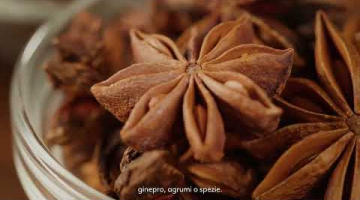The very first step is to fill the large mould with liquid clay (or slip). The mould is filled right to the top, which takes around 10 minutes. It is then left to set for about 30 minutes. In this time, moisture is extracted from the liquid clay, via the porous membrane of the mould, forming the shell of the flagon.
When the liquid clay achieves the correct wall thickness, excess clay is tipped out which leaves the cast flagon on the inside of the mould. This is left for approximately two hours until it has set enough to be able to open the mould and reveal the fully formed clay inside.
Only half of the mould is removed to ensure the decanter holds its shape. The clay is still very soft at this stage, so extreme care is taken to ensure it does not deform!
Skill and precision is used to ensure the handle is placed in exactly the right place! Our caster attaches the handle securely. The piece now rests like this until it is safe to remove from the mould completely.
Drying out and fettling
It takes four of our team to carefully slide the mould away from the decanter. Once it has been completely taken out of the mould, it is placed somewhere safe to dry out in preparation for fettling. It is left for about 24 hours to ensure that it is ready to be fettled.
Once the decanter and stopper are dry enough, they are fettled so that they are super smooth. Any minor faults with the casting are put right prior to being fired. To fettle and smooth each piece takes about 40 minutes.
The decanters are then lifted onto the kiln car, ready to go into the kiln for the first time. In the kiln, the decanters are fired at 1,080°C for six hours. This process takes out all of the moisture so that we are left with a solid ceramic decanter, ready to be glazed.
Glazing and artwork
After firing, the decanter is ready to be hand glazed. First the bottom section of the decanter is masked so that the glaze can be applied in a precise area. After spraying the top with honey glaze, the masking is removed and a translucent glaze is applied to the main body.
After firing you can see that the glaze colour has changed completely. It has turned into a light brown/beige colour to match the required final colour of the Usquaebach decanter.
Each piece has two different sheets of artwork applied, one on the front and one on the back. This is done by hand by one of our skilled lithographers. The decal has a yellow film which is burned off during firing to leave only the finished print.
The decanter has been fired for the third and final time and after adding the stopper we have the finished flagon. This completes the process of producing a 40-litre decanter for Usquaebach whisky, in the Wade Ceramics factory in Stoke-on-Trent.
















